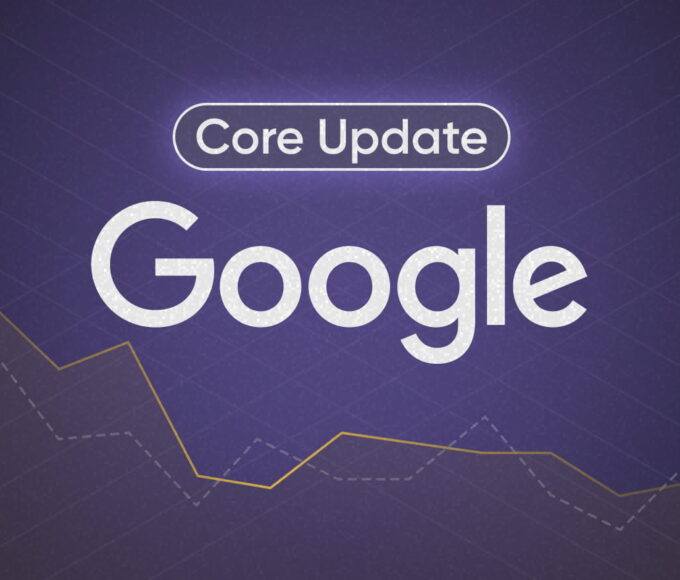Voice Search Optimization: How to Rank for Spoken Queries

“Hey Google, how do I get more traffic to my website?”
That single spoken sentence captures how search has changed. We’re no longer just typing we’re talking to our devices.
Voice search is growing faster than ever. From smartphones to smart speakers, people are asking questions out loud and expecting instant, conversational answers.
If you’re not optimizing your content for voice search, you’re missing a massive opportunity.
In this article, we’ll break down what voice search optimization really means, how it differs from traditional SEO, and how you can adapt your strategy to rank for spoken queries in 2026 and beyond.
What Is Voice Search Optimization?
Voice search optimization is the process of optimizing your content so it appears when people use voice assistants like Google Assistant, Siri, Alexa, or Cortana to search the web.
Unlike text searches, voice queries are:
- Longer and more conversational (“What’s the best coffee shop near me?”)
- Question-based (“How do I make cold brew coffee at home?”)
- Context-driven (based on location, time, or user intent)
The goal of voice SEO is to create content that answers these queries naturally, so your site becomes the spoken answer to users’ questions.
More Articles for you:
- The Best Time to Post on TikTok in 2026 (Backed by Data & Real Results)
- How to Repurpose One Blog Post into 10 High-Performing Assets
- Social SEO: How to Make Your Posts Discoverable on TikTok & Instagram
- Topic Clusters Explained: The Content Strategy That Dominates Google
- The Science of Evergreen Content: How to Stay Relevant for Years
Why Voice Search Matters in 2026
Voice technology isn’t just a trend it’s transforming search behavior.
Here’s why it’s a big deal:
- Over 50% of global searches now include voice or conversational elements.
- Smart speakers (like Google Nest and Alexa) are household staples.
- Mobile-first indexing and AI-driven assistants rely on structured, spoken-friendly data.
In short if you want your brand to stay visible, you need to speak Google’s new language.
How Voice Search Differs from Traditional SEO
| Aspect | Traditional Search | Voice Search |
|---|---|---|
| Query Type | Short & keyword-based (“SEO tools”) | Long & conversational (“What are the best SEO tools for beginners?”) |
| Result Format | Multiple links on a page | One spoken answer (featured snippet) |
| Device | Desktop or mobile | Mobile & smart devices |
| Intent | Informational or navigational | Intent-based & contextual |
| Optimization Focus | Keywords & backlinks | Natural language & quick answers |
Voice search results usually come from featured snippets, knowledge panels, or top-ranked pages that directly answer a question.
That means you don’t just need to rank; you need to be the answer.
How to Optimize Your Content for Voice Search
Now that you understand what makes voice search unique, let’s break down the exact strategies that will help your content rank for spoken queries.
1. Focus on Conversational Keywords
When people talk, they don’t say:
“Best digital marketing agency Kenya.”
They say:
“Which is the best digital marketing agency in Kenya?”
Voice queries sound human. Use natural, conversational keywords and long-tail phrases.
How to apply it:
- Use question-based keywords (Who, What, When, Where, Why, How)
- Add filler words like to, for, the, in, on for natural flow
- Include conversational modifiers like best, easy, nearest, fastest
Example:
Instead of targeting “SEO strategy,” target “How do I create an SEO strategy for my website?”
2. Optimize for Featured Snippets (Position Zero)
Most voice search answers come from the featured snippet that box at the top of Google results.
To earn it:
- Write clear, direct answers to specific questions.
- Use structured headings like H2s and H3s for questions.
- Format answers as short paragraphs, lists, or steps (40–50 words).
Example:
If the query is “How to optimize for voice search?”, your content should include:
Voice search optimization means making your website more conversational and easy for voice assistants to understand. This involves using natural language, answering specific questions, and optimizing for mobile and local intent.
3. Target Local Voice Searches
Voice search is often local. People ask:
- “Where’s the nearest pizza place?”
- “Is there a gym open right now?”
To capture this:
- Include city or region names naturally in your content.
- Optimize your Google Business Profile with accurate info.
- Use “near me” phrases strategically in titles and descriptions.
Even if your blog or business has a global focus, local SEO strengthens your credibility and visibility for contextual queries.
4. Make Your Content Mobile-Friendly
Most voice searches happen on mobile devices, so page speed, design, and readability are critical.
Quick checklist:
✅ Mobile-responsive design
✅ Fast load times (under 3 seconds)
✅ Short paragraphs and easy-to-scan layouts
✅ Readable font sizes
If users land on your site after a voice search and bounce immediately, you’ll lose ranking opportunities.
5. Structure Your Content for “Question + Answer” Format
Voice assistants love structured content.
Here’s how to format your posts:
- Use H2/H3 headings as questions
- Follow each heading with a concise answer (1–2 sentences)
- Add more context below if needed
This structure tells Google exactly where the answers are making it easier for your content to be chosen as a voice result.
Example:
Q: What is voice search optimization?
A: Voice search optimization is the process of tailoring content to match how people speak when searching using voice assistants.
6. Use Schema Markup
Schema helps search engines understand your content better.
Adding structured data (FAQ, How-To, Local Business, etc.) increases your chances of appearing in rich results — and those are often the ones read aloud by voice assistants.
For instance:
- Use FAQ Schema for question-based articles
- Use How-To Schema for step-by-step guides
- Use Organization Schema for brand clarity
This isn’t just technical it’s how you help Google “talk” about your site accurately.
7. Prioritize Page Speed and Core Web Vitals
Voice search results favor fast-loading websites.
If your site takes too long, Google’s AI will pick another source.
Key metrics to watch:
- LCP (Largest Contentful Paint): Under 2.5 seconds
- FID (First Input Delay): Under 100 ms
- CLS (Cumulative Layout Shift): Stable visual elements
Speed is now part of experience SEO especially for mobile and voice queries.
8. Write for Humans, Not Robots
Voice search is human-centered.
Your content should sound like how people talk not how they type.
Avoid robotic keyword stuffing. Instead, write naturally and conversationally.
For example:
- ❌ “Voice search optimization SEO strategy voice keywords”
- ✅ “To rank for voice searches, focus on conversational keywords and quick, clear answers.”
Simple, human, and effective.
Voice Search and AI: The Next Frontier
As AI assistants like ChatGPT, Gemini, and Alexa evolve, search intent is merging with conversation.
Voice search isn’t just about visibility anymore it’s about trust and expertise.
If your brand consistently provides clear, reliable answers, AI systems will favor your content as a credible source.
That’s why focusing on topical authority, structured answers, and authentic voice matters more than ever.
Final Thoughts
Voice search optimization isn’t a futuristic trend it’s happening now.
People no longer just search; they ask.
And Google’s goal is to answer them with the most relevant, human-sounding content.
If you want to rank for spoken queries in 2026:
- Write the way people speak.
- Structure content clearly.
- Optimize for speed and mobile.
- Target conversational, question-based keywords.
Do that, and your website won’t just show up in search results it’ll speak to your audience.
Because in the new era of SEO, your voice is your visibility.

Digilab Insights
Digilab Insights, your trusted source for expert-driven practical tips, proven strategies, and the latest trends in SEO, content marketing, social media, paid ads, and digital growth.
Recent Posts
How to Repurpose One Blog Post into 10 High-Performing Assets
October 30, 2025Topic Clusters Explained: The Content Strategy That Dominates Google
October 29, 2025Related Articles
How to Recover from a Google Core Update (Step-by-Step)
Few things cause more panic among digital marketers and website owners than...
ByDigilab InsightsOctober 26, 2025Local SEO Without a Physical Store: Free Global Freelancer’s Guide
If you’re a freelancer, consultant, or online business owner, you’ve probably heard...
ByDigilab InsightsOctober 24, 2025Internal Linking Strategy: The Hidden SEO Power Move
If you’ve been chasing backlinks, keywords, and content updates but still can’t...
ByDigilab InsightsOctober 24, 2025How to Write Meta Titles That Get 2x More Clicks
You can write the best article in the world, but if no...
ByDigilab InsightsOctober 23, 2025











Leave a comment